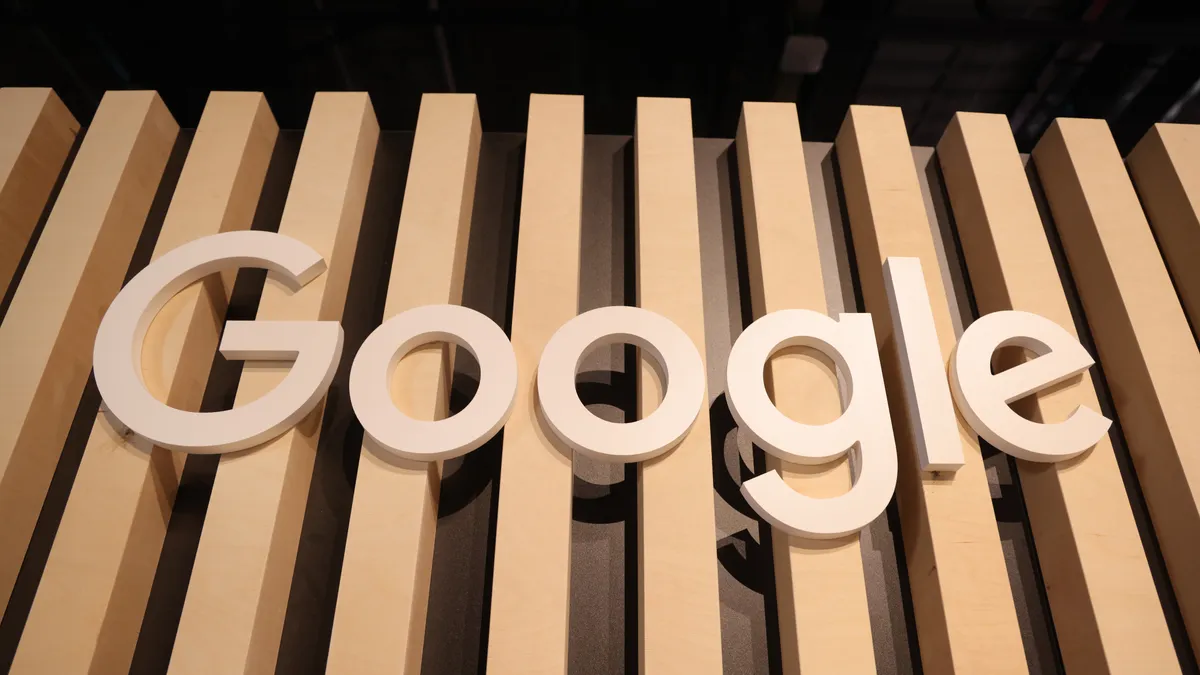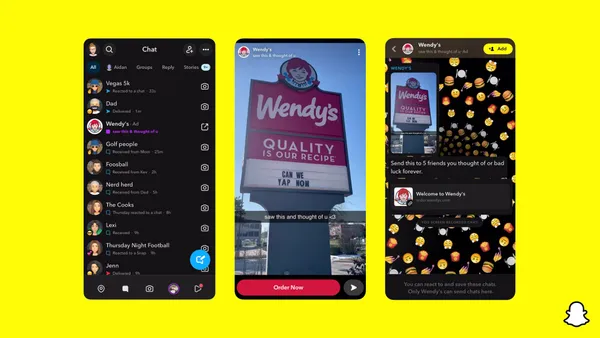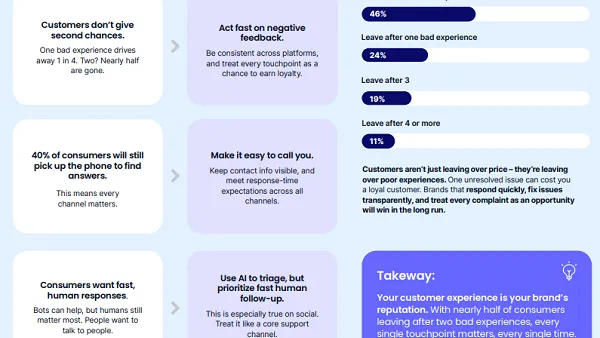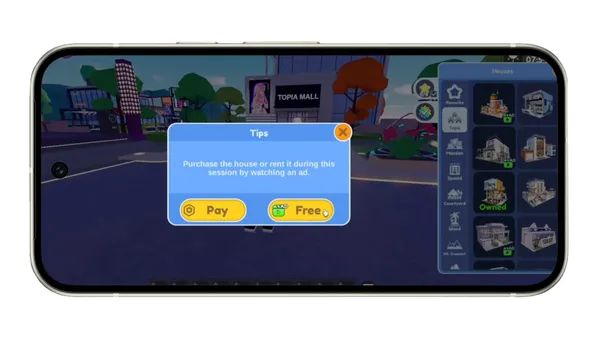Dive Brief:
- Google announced a slew of new features for Android centered around artificial intelligence (AI), per a company blog post. The new features were unveiled this week at the Mobile World Congress event in Barcelona.
- Among the new features is the ability to access Google’s Gemini AI platform through the Google Messages app. The Chat with Gemini experience, currently in beta in English, allows users to draft messages, brainstorm ideas and more.
- Other features include the ability to hear AI-generated captions for images via Google Lookout along with an update for Android Auto to allow AI to summarize long texts and group chats while a user is driving. The tech giant also showcased additional accessibility features.
Dive Insight:
Despite concerns of Google’s Gemini platform generating troubling responses to user queries, the tech giant is pushing full steam ahead with a slew of updates for Android centered around the buzzy tech. The updates were unveiled at Mobile World Congress, one of the industry’s largest events around connectivity, which is this year being held from Feb. 26-29.
Among the new additions to Google’s Android is the Chat with Gemini feature, currently in beta, which allows users to access the AI platform within Messages to draft messages, plan events, brainstorm ideas, or “have a fun conversation” without leaving the app, per the company blog post. Messaging continues to be a popular tactic for marketers, and the addition of new AI features within the Messaging app could help attract attention to Android, which already commands a much larger share of the mobile market than Apple’s iOS.
Also announced for Android is the ability to hear auto-generated AI-generated image captions through Google Lookout for photos, online images and pictures included in messages. The update, which is rolling out globally this week in English, was designed with blind and low-vision communities.
One particular criticism of Google Gemini lately is its troubles around generating inaccurate images, an issue that the company said it is addressing immediately, according to a statement shared on X (formerly known as Twitter). The statement also asserted that the image generation function is “missing the mark.” Such instances are an indication of how real-world applications of generative AI still have a long way to go as it relates to reliability.
Additional features within Android’s updates include an update for Android Auto to leverage AI to summarize texts or busy group chats while a user is driving. Android Auto will also suggest relevant replies and actions, with the user able to tap once to send a message, share their ETA or start a call. Another update includes enhanced screen reader support for Lens in Maps to help users explore and find places like ATMs and restaurants. Now, users can point their phone’s camera at their surroundings and the TalkBack solution will read a location’s information, like its business hours, out loud.
Beyond its latest Android updates, Google has made its AI-powered accessibility features the centerpiece of recent marketing efforts. During the Super Bowl, the brand’s well-regarded spot for the Google Pixel phone depicted how the AI-enabled sensors in the device’s camera enable a man with a visual impairment to document his life.
Google as part of its updates also unveiled several other features to make phone usage more intuitive and seamlessly integrated with other Android-powered tablets and smartwatches. Among those features is the ability to add handwritten annotations to Google Docs directly from Android phones or tablets, and the ability to cast Spotify content to other devices, like headphones or a television, via Android’s output switcher.
Other features include the option to connect data from a number of wearables and see a more complete picture of a users’ health via a redesigned Fitbit app through Health Connect, the option to view public transit information from Google Maps on Wear OS-powered devices and the ability to integrate tickets, passes, loyalty cards and other Google Wallet information within Wear OS watches.














